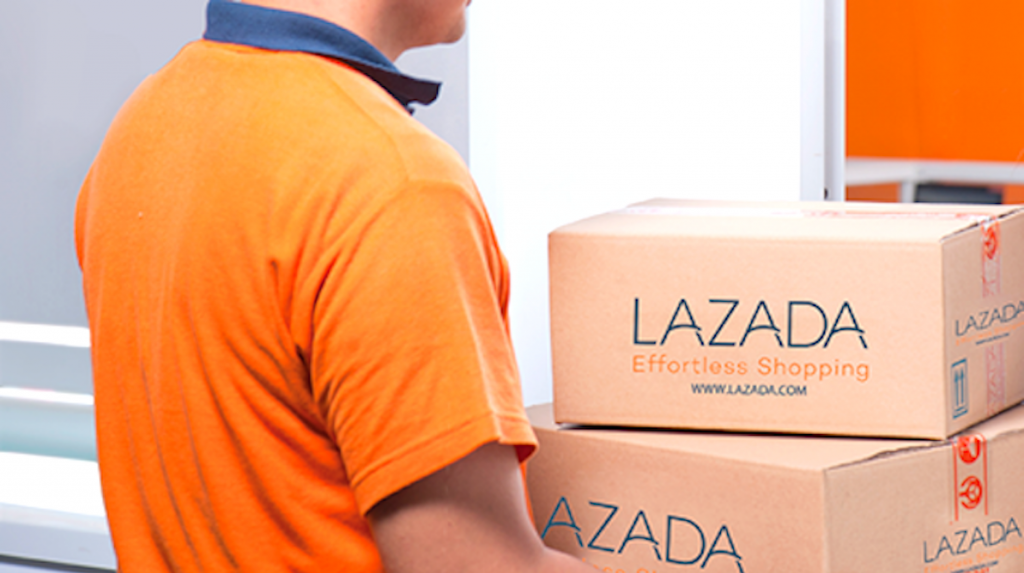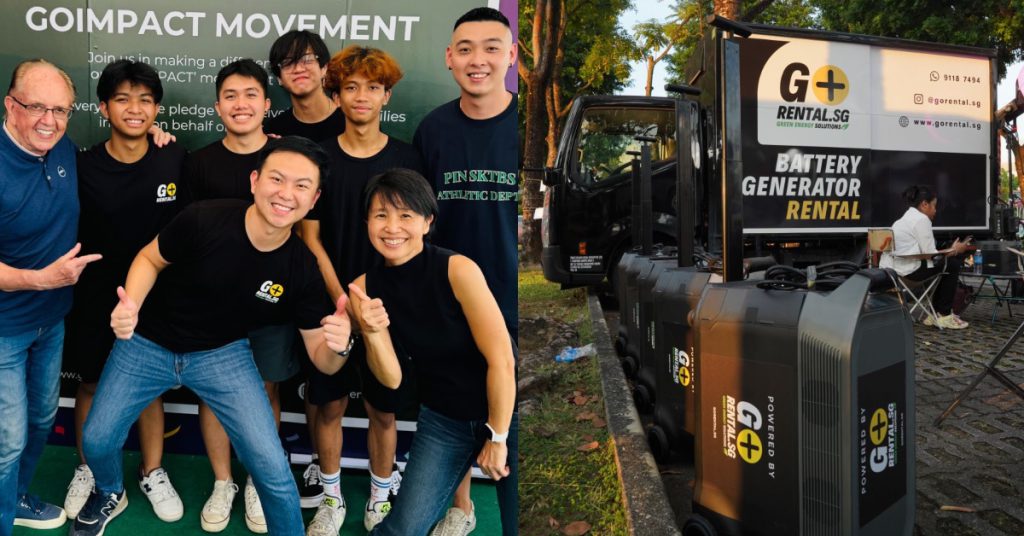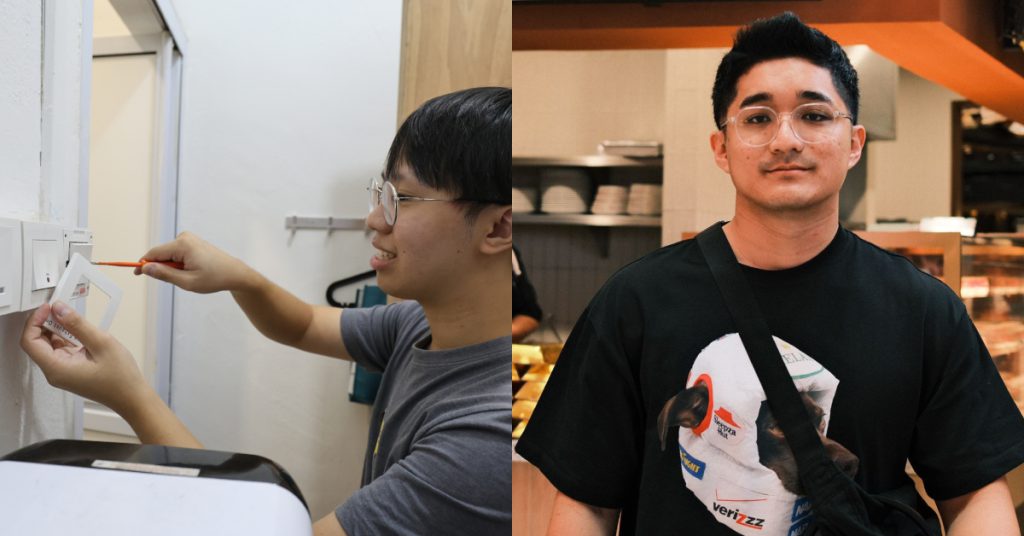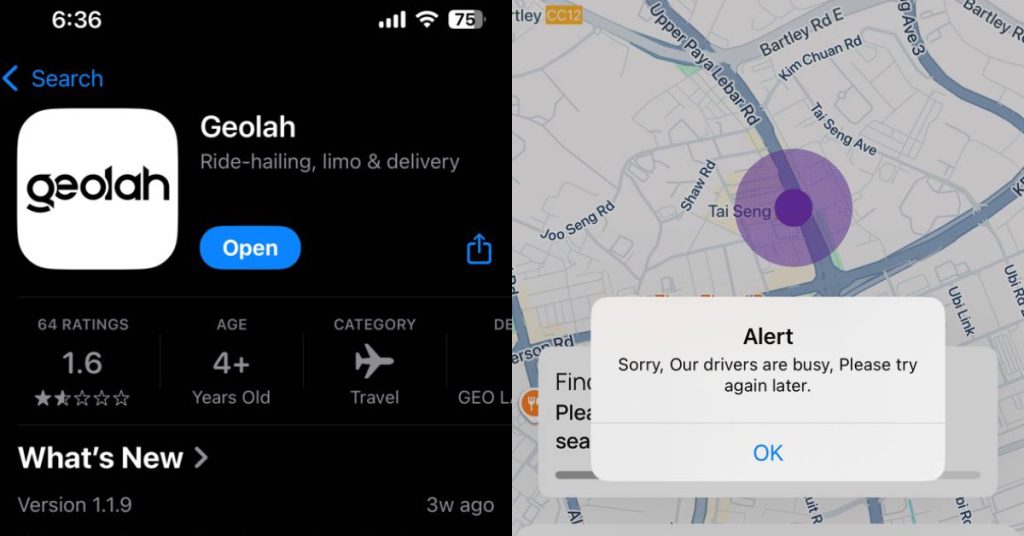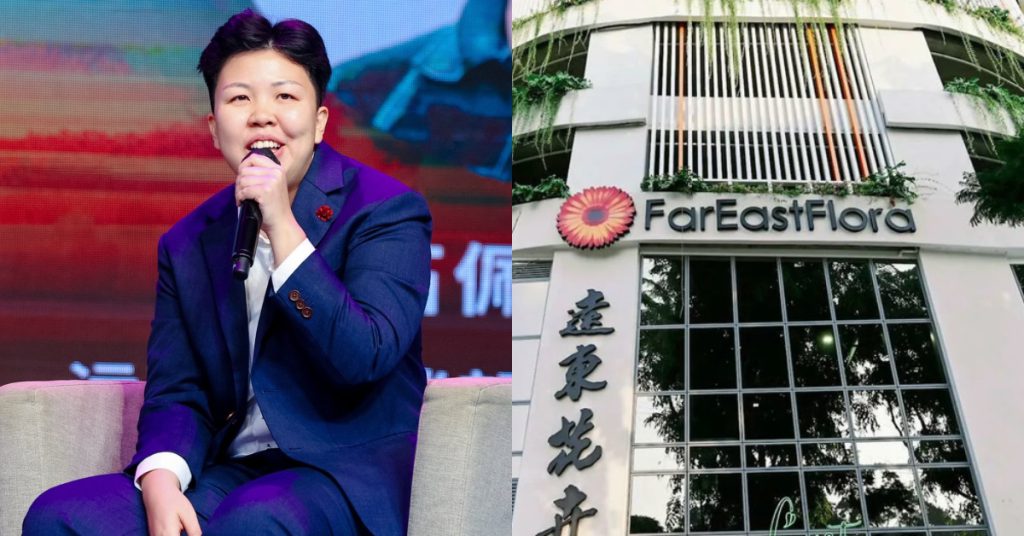Singaporeans are no stranger to e-commerce and online shopping, especially during the past year.
Due to the Covid-19 pandemic, Singapore witnessed an e-commerce boom, with consumers purchasing everything from groceries to household appliances online.
When it comes to e-commerce marketplaces, two platforms — Lazada and Shopee — reign supreme.
Singaporeans would also be familiar with both e-commerce platforms vying for customers’ attention, each offering more lavish deals or games to keep customers coming back.
Lazada’s shopping festivals such as the 11.11 and 12.12 campaigns regularly manage to generate a sizeable amount of interest from customers. Many would also remember Lazada’s iconic 11.11 advert fronted by Korean idol Lee Min Ho.
However, not many know that when Shopee first entered the market in 2015, Lazada was already the leading e-commerce platform in the region.
In Q1 2021, Lazada was ranked as Singapore’s second e-commerce site by iPrice after Shopee, and it saw an average of 7,296,700 monthly web visits.
| Merchant | Monthly Web Visits |
| Shopee | 12,013,300 |
| Lazada | 7,296,700 |
| Amazon | 6,450,000 |
| Qoo10 | 4,290,000 |
| EZBuy | 1,078,000 |
According to Crunchbase data, Lazada has raised a total of US$4.2 billion over nine funding rounds.
We take a look at the milestones of Lazada, and how it evolved from being a fledgling e-commerce platform to being one of the leading players in Southeast Asia (SEA).
Achieving US$1 billion in sales in 4 years
Lazada was founded by Maximilian Bittner with the backing of Rocket Internet in 2012. Rocket Internet is a German incubator that builds companies that copy the business models of successful US tech companies in emerging markets.

Maximilian had the intention to establish Lazada as the “Amazon of Southeast Asia“, while also taking advantage of Amazon’s then weak presence in the region.
In 2012, the site was first launched in Malaysia, Thailand, Indonesia, Philippines and Vietnam, with a business model of selling inventory to customers from its own warehouses.
It later added its marketplace model in 2013, where multiple vendors can come together to sell their products or services to a customer base.
By 2014, the marketplace accounted for 65 per cent of Lazada’s sales. That same year, it expanded to Singapore.
According to Tech in Asia, Lazada saw more than US$350 million in consumer purchases in 2014. This was up from US$89 million in 2013.
The growth was mostly driven by the launch of Lazada’s marketplace, and Maximilian told Tech in Asia in 2015 that marketplace sellers are a “core driver of growth” on Lazada.
In 2015, Lazada said it recorded a total of US$1.3 billion of annualised Gross Merchandise Value (GMV) across its six markets in SEA, making it the region’s largest e-commerce player.
How Lazada grew so rapidly

The rapid growth of Lazada can be attributed to various factors.
For one, Lazada had the first-mover advantage when it first launched in 2012, as large, Amazon-esque e-commerce sites were uncommon in SEA.
After collating its critical mass of users, it was also able to innovate and improve on the services it provided.
The e-commerce world is one that never slows down, and if goods are not delivered to customers on a timely basis and on such a large scale, an e-commerce business is bound to lose customers.
Lazada works with third-party contractors to develop its own logistics service Lazada eLogistics (LEL). The team behind LEL connects the region with Lazada’s logistics partners.

The use of leading technologies and Lazada’s robust modular infrastructure means fulfilling orders on time and being able to provide services such as guaranteed next-day delivery, real-time tracking and end-to-end cross-border logistics.
Growing a customer base is one of the main goals of any e-commerce business. This has led Lazada to create an affiliate programme. Under this program, users who promote specific products that Lazada assigns to them will gain a commission if the transaction of said product is successful.

This provides incentives for customers to promote products, while also helping Lazada to drive sales.
Furthermore, in its early days, Lazada has consistently been ahead of its competitors when creating sales events. In 2017, Lazada Group generated a GMV of US$250 million from its 12.12 sale alone.
During last year’s 11.11 sales, it saw more than 40 million users and 400,000 brands and sellers participating in the one-day sale event across the region.
“Soon after we kicked off the campaign at midnight, we were already surpassing US$100 million in sales, in less than half the time we took last year,” said Chun Li, Lazada Group’s Chief Executive Officer.
Getting acquired by Alibaba Group

In April 2016, Alibaba pumped in a total investment of about US$1 billion into Lazada, in a deal that made it the e-commerce platform’s controlling shareholder.
It included US$500 million in newly-issued equity capital, as well as the purchase of existing shares from Lazada shareholders, valuing the company at US$1.5 billion.
Rocket Internet, Tesco, and Kinnevik each said that they had sold some of their Lazada shares to Alibaba as part of the transaction.
According to Tech Crunch, Rocket Internet sold a 9.1 per cent stake for US$137 million. Tesco, meanwhile, sold an 8.6 per cent stake for US$129 million, and Kinnevik parted with a 3.8 per cent stake for US$57 million.
With the investment in Lazada, Alibaba gains access to a platform with a large and growing consumer base outside China, a proven management team and a solid foundation for future growth in one of the most promising regions for e-commerce globally.
Michael Evans, President of Alibaba
The following year, it announced a deal to pay close to US$1 billion to raise its stake in Lazada from 51 per cent to 83 per cent, raising the company’s valuation to US$3.15 billion.
The deal saw Alibaba buy shares from existing backers. Singaporean sovereign fund Temasek and the Lazada management team are the only investors that kept hold of their stock.
By 2018, Alibaba announced yet another investment of US$2 billion into Lazada, which meant that it invested a total of US$4 billion into the e-commerce site.
Alongside the fresh funds, Alibaba also said appointed a new CEO for the company. Maximilian Bittner, who had been Lazada’s CEO since 2012 was succeeded by Lucy Peng, co-founder of Alibaba and then-chairwoman of Lazada.
Following the acquisition, conflicts and disagreements quickly broke out. According to KrAsia, after its financing in 2018, Lazada had to clean up its internal organisation first, before countering competitors like Shopee.
Sellers in Southeast Asia also found that overnight, the backend of the Lazada interface had become almost a replica of Taobao’s, leading to much confusion.
The acquisition by Alibaba had also led to many of Lazada’s initial European team, including Lazada’s co-founder Charles Debonneuil and chief marketing officer Tristan de Belloy, leaving the company.
How it got overtaken by Shopee

Lazada was already a leading e-commerce platform in the region when Shopee first entered the market in 2015.
However, Shopee quickly went from being a new entrant to taking the crown as the most-visited e-commerce platform in Singapore by the second quarter of 2020. How did this happen?
For starters, Shopee took a different strategy early on by launching as an app first to tap on SEA’s high mobile penetration rate. It noted that mobile — not desktop — is the main battleground for e-commerce in the future.
It also adopted the tactics Lazada took, and improved on them.
Lazada saw the success of in-app entertainment features by Alibaba and rolled out ‘Laz Live’ in June 2019, allowing sellers and invited hosts to conduct live streaming shows to engage with their users.
Termed ‘Shoppertainment’ by Lazada, this feature was launched in Thailand, the Philippines, and Malaysia.
In the same month, Shopee also launched the same feature — Shopee Live — which covered the same markets as Lazada and more.
Furthermore, while Shopee took into consideration the trends and cultures of each market it entered, Lazada tried to bring to Singapore what worked in China for Alibaba.
The China playbook at Lazada remains unproven in SEA. Some strategies include temporary halts to free shipping in some markets which drove merchants to other sites, and attempts to promote bulk buying, sources said.
There’s still potential for growth
A joint study between Google and Temasek Holdings in 2019 found that despite the growth in e-commerce in the region, online retail constitutes less than 2.5 per cent of SEA’s entire retail and accounts for only one percent of the total retail sales.
Considering the size of SEA’s market, this is quite low when compared to Europe and North America, where online retail accounts for about six to eight per cent of the total revenue generated from retail.
However, e-commerce platforms in Singapore witnessed a two-digit growth at 23 per cent in total web visits throughout the first six months of 2020 according to iPrice. Singaporeans spent an average of S$113 in a single transaction online from January to June 2020.
Now that Singaporeans are already accustomed to the convenience and efficiency that e-commerce brings, going back to a pure-retail model is highly unlikely.
Instead, we will continue to see new uses for e-commerce, and the demand for e-commerce and its subsidiary services will continue to soar.
This, when coupled with Lazada’s backing by Alibaba, gives it the potential to continue to develop new features and functions that will suit the needs of its SEA users.
Furthermore, Lazada presently has a wealth of users’ data that it can capitalise upon to make better decisions regarding platform development and marketing.
All these factors allow Lazada to be well-poised to continue on an upward growth trajectory in Singapore and the region.
Featured Image Credit: Easy 2 Digital


